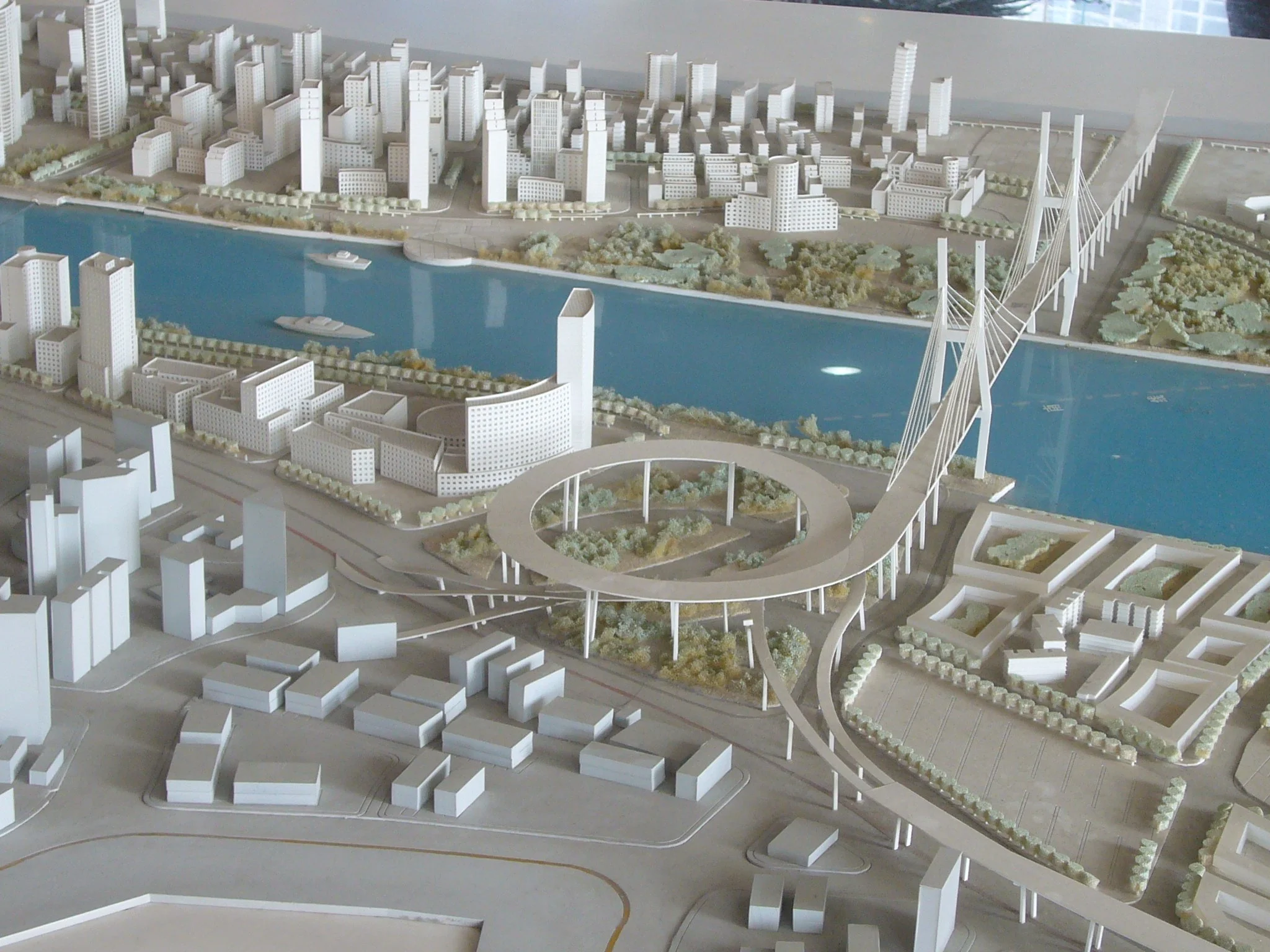What’s The Difference Between a Landscape Designer and a Landscape Architect?
By: Annie
In the realm of transforming outdoor spaces into breathtaking works of art, two professions often stand at the forefront: landscape designers and landscape architects. While the terms may be used interchangeably, these professions encompass distinct skill sets, responsibilities, and approaches. In this blog post, we'll delve into the nuanced differences between a landscape designer and a landscape architect.
1. Educational Background:
The journey to becoming a landscape designer or a landscape architect begins with divergent educational paths. Landscape designers typically acquire formal education in horticulture, landscape design, or a related field.
On the other hand, landscape architects undergo more extensive training, completing a degree accredited by the American Society of Landscape Architects (ASLA), which covers a broader range of subjects, including architecture, urban planning, and environmental science. In California, to be licensed as a landscape architect, a candidate must then have a minimum of six years combined qualifying education and training/experience to be eligible to take the Landscape Architect Registration Examination (LARE). As a result, landscape architects generally charge more for their services than landscape designers.
2. Scope of Work:
The primary distinction between the two professions lies in the scope of their work. Landscape designers focus predominantly on the aesthetics and functionality of outdoor spaces. They possess a deep understanding of plants, materials, and spatial arrangements, aiming to create visually appealing and harmonious designs.
Their work often involves selecting plants, designing garden layouts, and considering factors like color, texture, and seasonal variations.
Conversely, landscape architects operate on a broader scale, incorporating elements of urban planning into their designs. Their work extends beyond private gardens to public spaces, parks, and large-scale projects. Landscape architects often collaborate with architects, engineers, and urban planners to ensure that their designs seamlessly integrate with the overall environment. Their hands-on knowledge of plants optimal for the local climate and soil types may not be as great as a result.
3. Project Scale:
Landscape designers typically handle residential projects. Their expertise lies in crafting personalized outdoor spaces that cater to the specific needs and preferences of individual clients.
Whether it's a relaxing backyard garden or a rooftop oasis, landscape designers bring a personal touch to their creations.
In contrast, landscape architects are often involved in larger, more complex projects. They might be tasked with designing public parks, urban plazas, or corporate campuses.
The scale of their work requires a comprehensive understanding of infrastructure, drainage systems, and environmental impact, ensuring that their designs are not only aesthetically pleasing but also sustainable and functional.
4. Professional Responsibilities:
The day-to-day responsibilities of landscape designers and landscape architects reflect the scope of their work.
Landscape designers spend a significant amount of time meeting with clients, selecting plants, creating design plans, and overseeing the implementation of their projects.
Their role is hands-on and directly connected to the visual aspects of the outdoor space.
On the other hand, landscape architects engage in a more strategic approach. Their responsibilities may include conducting site analyses, collaborating with various professionals, developing master plans, and ensuring that their designs comply with zoning regulations.
They may not have hands-on experience with plants, and may only understand which plants work best in certain areas in an abstract way.
In conclusion, while both landscape designers and landscape architects contribute significantly to the beauty and functionality of outdoor spaces, the distinctions in their education, scope of work, project scale, and professional responsibilities are crucial. Whether you're dreaming of a cozy backyard retreat or envisioning a city park that captivates the masses, understanding these differences will guide you in selecting the right professional for your specific needs.



